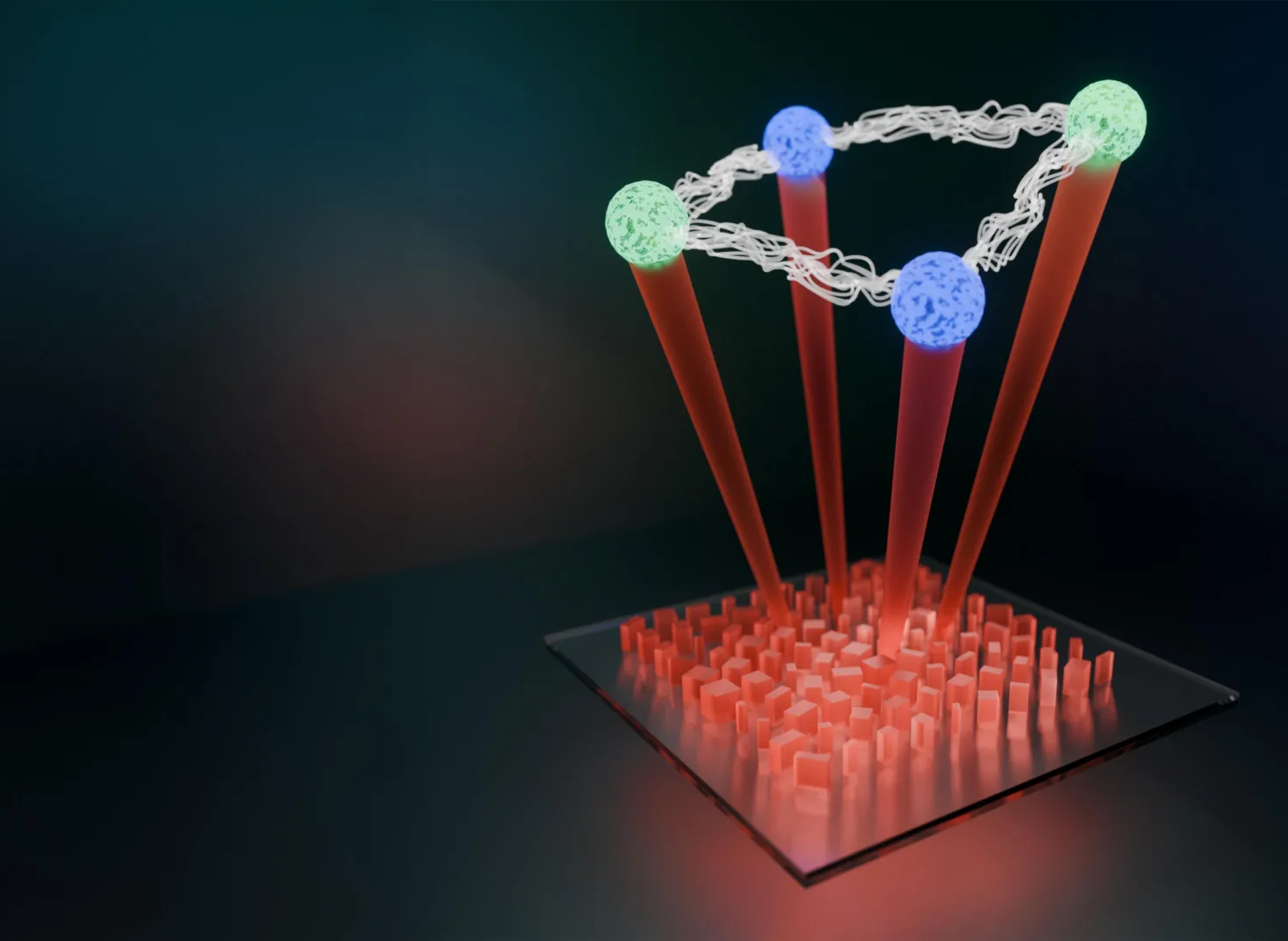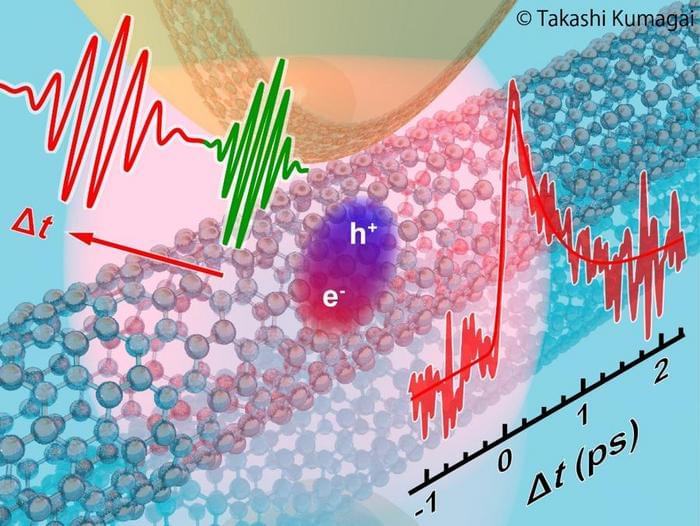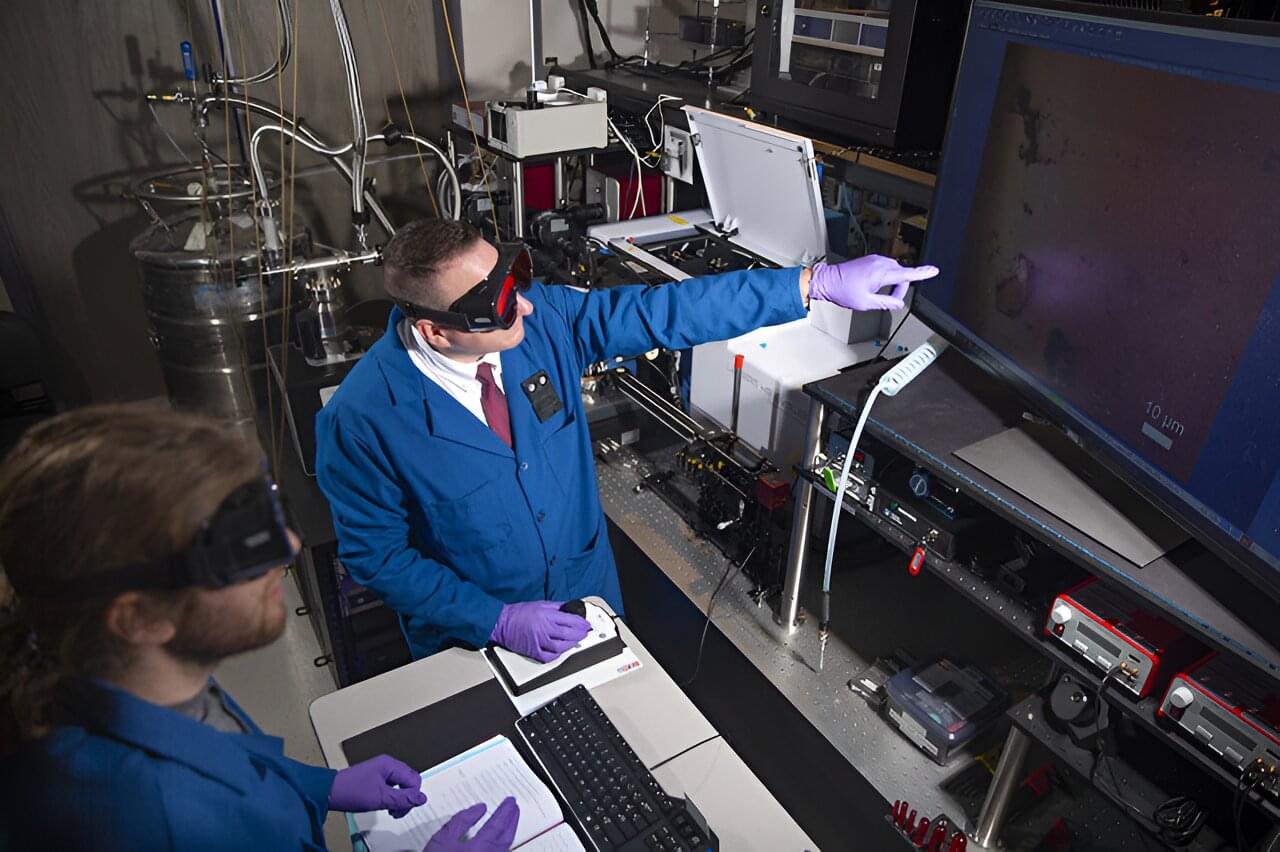A team of researchers in Finland has set a new world record for how long a quantum bit, known as a qubit, can hold onto its information.
They have pushed the coherence time of a superconducting transmon qubit to a full millisecond at best, with a median time of half a millisecond. That might sound brief, but in the world of quantum computing, it’s a massive improvement that could change the game.
Longer coherence times mean qubits can run more operations and quantum computers can perform more calculations before errors start to appear.







